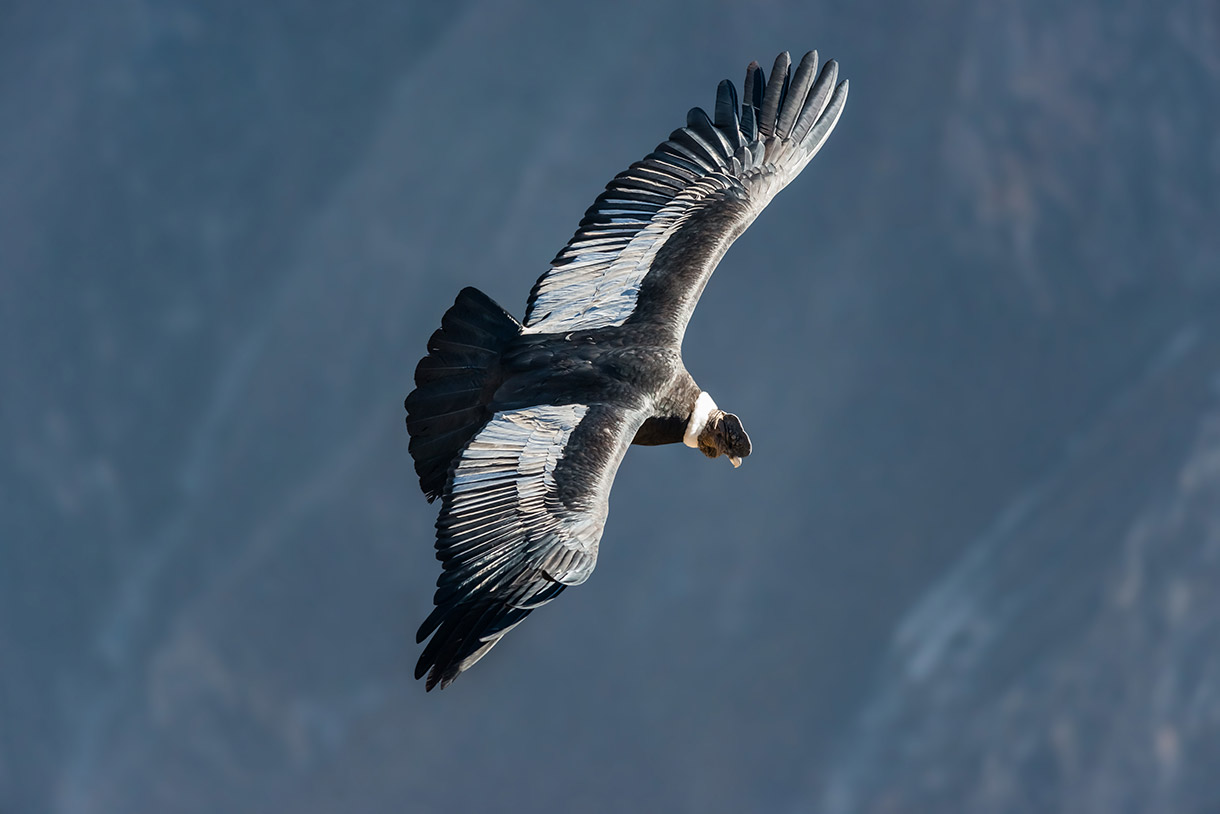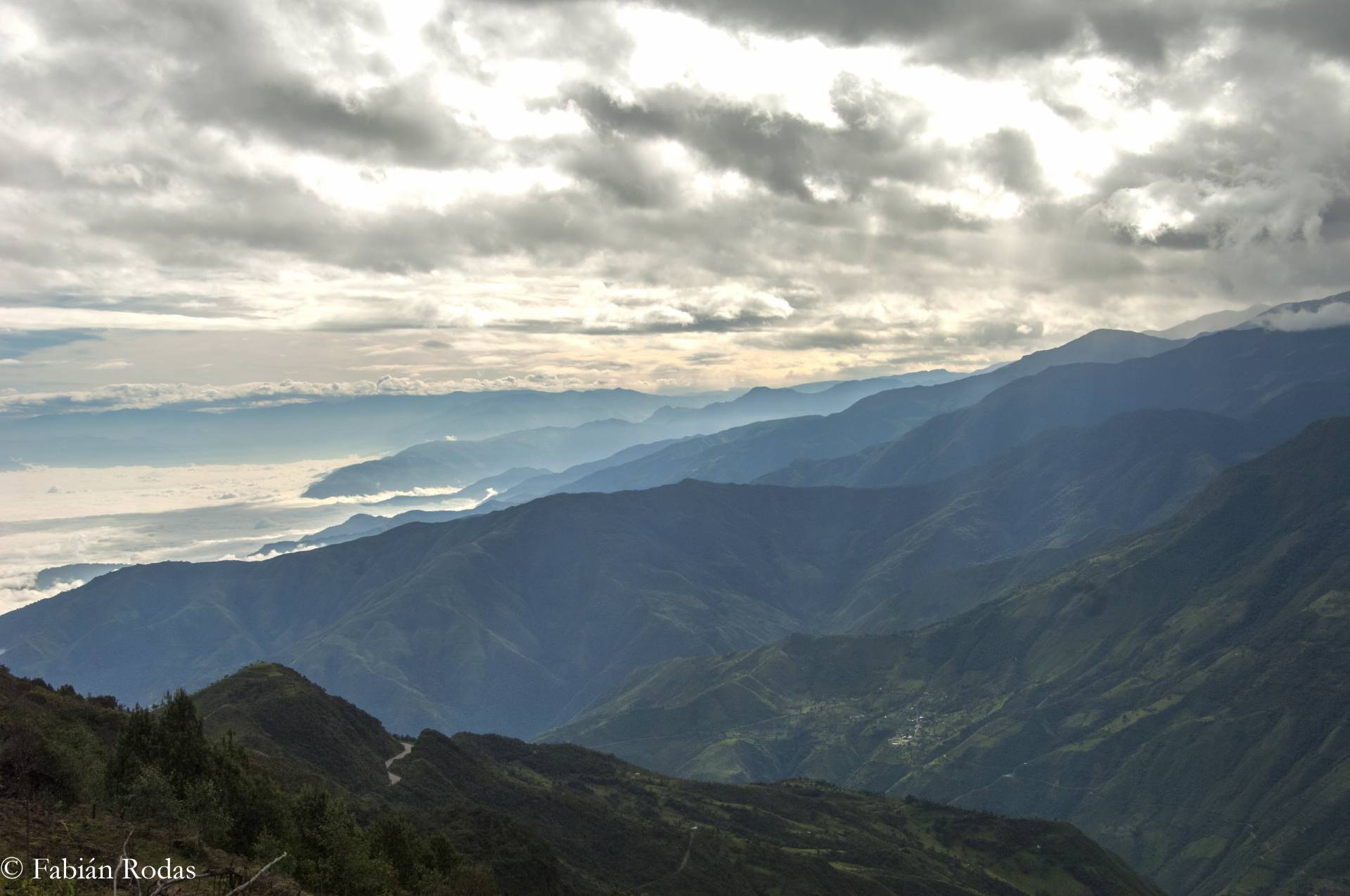Safeguarding Water Supplies for 500,000 People
01/20/2021
Thanks to you, three new conservation areas protect critical water supplies and extraordinary biodiversity in the Ecuadorian Andes.
Nature and Culture International celebrates the establishment of three Municipal Conservation and Sustainable Use Areas in Cuenca, Ecuador! The newly declared Machángara, Mazán, and Curiquingue-Gallocantana Municipal Conservation and Sustainable Use Areas (or Cuenca Municipal Conservation and Sustainable Use Areas) protect 48,277 acres, including water supplies for over 500,000 people in Cuenca and surrounding communities.
Located in the southwestern Andes of Ecuador, Cuenca Municipal Conservation and Sustainable Use Areas will protect the municipality’s wildlife and wild places from threats like mining, forest fires, and extensive cattle ranching. The conservation areas will safeguard intact and fragile ecosystems such as montane forests and paramo grasslands, which are home to hundreds of species of native flora and fauna.

Wildlife in the conservation areas include threatened species such as the Andean condor (Vultur gryphus), glass frog (Centrolene buckleyi), and red-faced parrot (Hapalopsittaca pyrrhops), and unique species like the grizzled Ecuadorian shrew (Cryptotis montivagus). The municipal water company ETAPA EP monitors large mammals using camera traps in the region. These cameras previously recorded wild spectacled bears (Tremarctos ornatus) breeding for the first time, and discovered a rare mountain tapir (Tapirus pinchaque) population in the nearby foothills of the Cajas Massif Biosphere Reserve.
The montane forests of Mazán are home to a critically endangered amphibian, the Mazán jambato frog (Atelopus exiguous). The establishment of this conservation area will increase resources and research efforts to avoid the extinction of this species in the near future.

Cuenca Municipal Conservation and Sustainable Use Areas are located within Ecuador’s remarkable Cajas Massif Biosphere Reserve, the first biosphere reserve in the western Andes of Ecuador, created as a result of collaboration between Nature and Culture and local institutions. Additionally, the new conservation areas include Important Bird and Biodiversity Areas, which are places of international significance for the conservation of birds and other biodiversity.
Nature and Culture played a leading role in the creation of Cuenca Municipal Conservation and Sustainable Use Areas, working with partner organizations on the delimitations of the areas, development of technical documents, and social and political outreach. The conservation areas were established with the financial support of Andes Amazon Fund and generous people like you!
With your support, Nature and Culture will continue working with the Municipality of Cuenca and Ecuador’s Ministry of the Environment to ensure the incorporation of Cuenca Municipal Conservation and Sustainable Use Areas in the country’s National System of Protected Areas. This will permanently protect the conservation areas from all exploitation activities.

The future of Cuenca’s people and wildlife depends on the conservation of the region’s forests and paramos. Conserving these ecosystems and their resources will protect extraordinary biological diversity, safeguard water supplies, and secure a sustainable future for present and future generations.
Thank you for making this achievement possible! We hope that this bit of good news inspires you to continue fighting for nature and culture.
Check out a map of the areas here.
Learn more about your impact in the Andes here.


